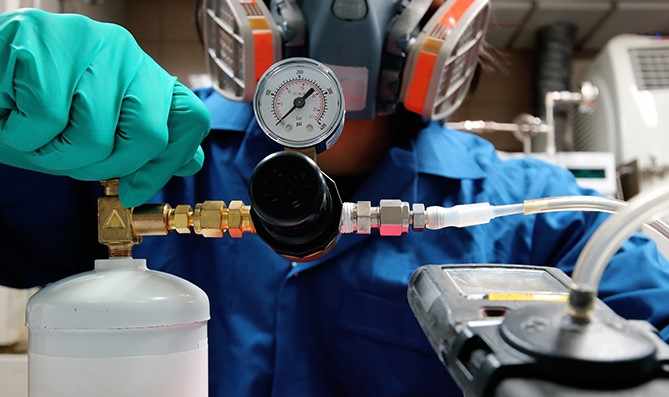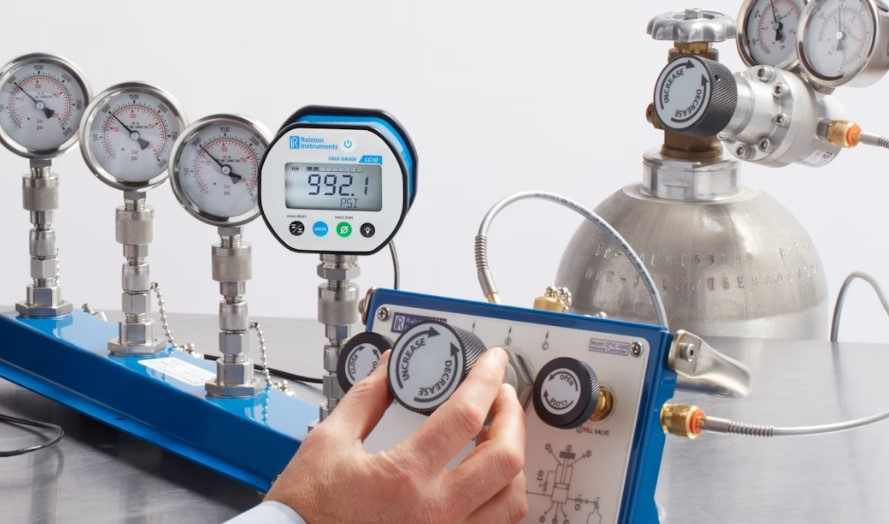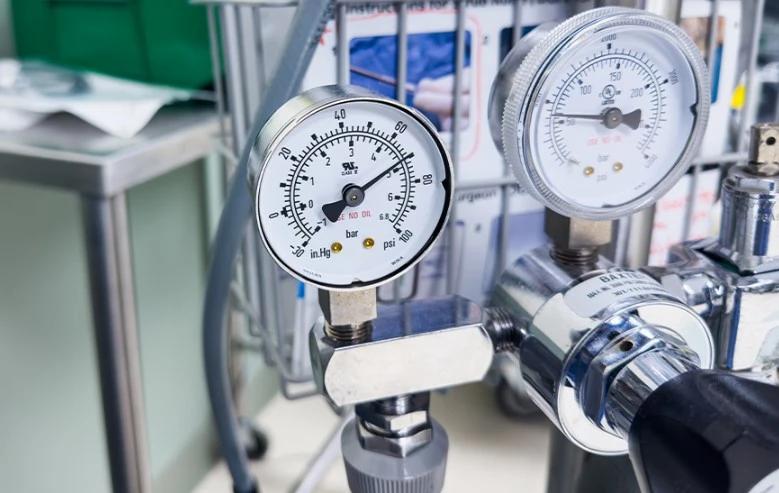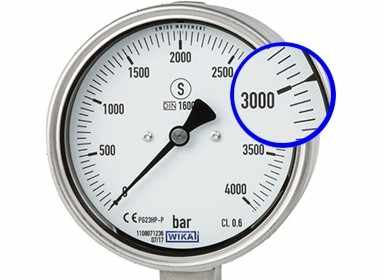.jpg)
Introduction:
As technology continues to evolve, so too does the field of electrical calibration. In this ever-changing landscape, staying informed about the latest innovations is crucial for professionals seeking to maintain precision and efficiency in their calibration processes. Join us as we explore the future of electrical calibration and the groundbreaking innovations that are revolutionizing the industry.
1. Introduction of AI and Machine Learning:
One of the most significant advancements in electrical calibration is the integration of artificial intelligence (AI) and machine learning algorithms. These technologies enable automated data analysis, predictive maintenance, and adaptive calibration processes. By leveraging AI, calibration procedures can be optimized in real-time based on historical data, environmental conditions, and instrument performance, resulting in enhanced accuracy and efficiency.
2. Wireless Calibration Solutions:
Traditional calibration processes often involve cumbersome wired connections between instruments and calibration equipment. However, wireless calibration solutions are emerging as a game-changer in the industry. With wireless connectivity, calibration can be performed remotely, allowing for greater flexibility and efficiency in laboratory settings. Additionally, wireless sensors and data transmission enable real-time monitoring of instrument performance, facilitating proactive maintenance and calibration adjustments.
3. Integration of IoT Technologies:
The Internet of Things (IoT) is revolutionizing various industries, and electrical calibration is no exception. IoT-enabled calibration instruments and devices can communicate with each other and central monitoring systems, enabling seamless data exchange and analysis. This integration allows for predictive maintenance, remote calibration management, and continuous monitoring of instrument performance, minimizing downtime and maximizing productivity.
4. Augmented Reality (AR) Calibration Assistance:
Augmented reality technology is making waves in the field of electrical calibration by providing technicians with intuitive and interactive guidance during calibration procedures. AR overlays digital information onto the physical world, allowing technicians to visualize calibration steps, parameters, and adjustments in real-time. This immersive experience enhances precision and reduces the likelihood of human error, especially for complex calibration tasks.
5. Emphasis on Sustainable Calibration Practices:
With growing concerns about environmental sustainability, there is a shift towards adopting eco-friendly calibration practices. This includes the development of energy-efficient calibration equipment, recycling and repurposing of calibration materials, and minimizing waste generation during calibration processes. By prioritizing sustainability, the industry can reduce its environmental footprint while maintaining high standards of precision and reliability.
Conclusion:
In conclusion, the future of electrical calibration is bright, thanks to a myriad of innovative technologies and practices. From AI and machine learning to wireless connectivity, IoT integration, augmented reality, and sustainable practices, these advancements are reshaping the way calibration is performed. By embracing these innovations, professionals can stay ahead of the curve and ensure the continued accuracy, efficiency, and sustainability of their calibration processes.







.jpg)
Write a comment ...